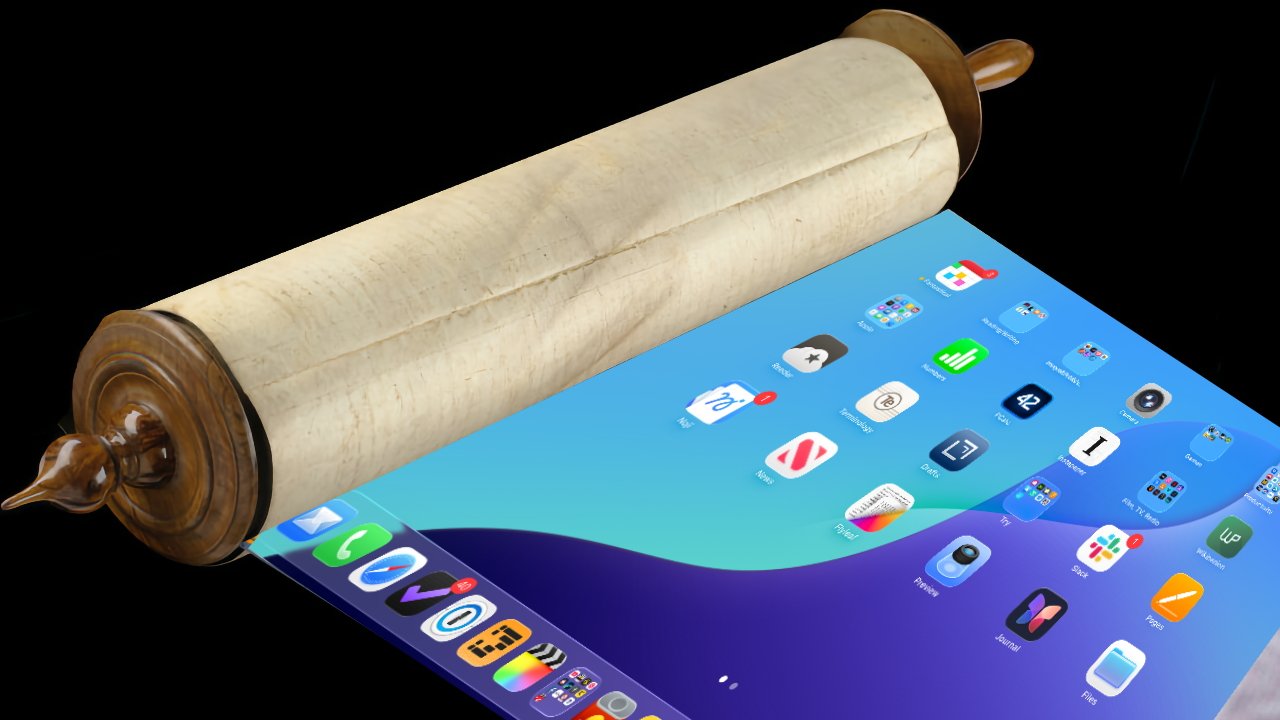Fabien Deshayes spoke on how Monzo has created and optimised their developer experience teams in a talk at QCon London 2025.
Deshayes, an Engineering Manager for Platform and Developer Experience at Monzo, outlined some techniques for building an effective Developer Experience platform, focusing on three key aspects: assembling effective teams, building impactful products, and communicating value across the organisation.
Deshayes, who previously contributed to Spotify’s open-source Developer Portal “Backstage,” emphasised that successful developer experience teams require a specific blend of skills and personalities rather than “superhero” engineers. “Engineers with good product acumen make quick decisions while thinking about the long term,” Deshayes explained. “If something is successful, it could be there for 10 or 15 years, so you need to think about potentially irreversible decisions and be clear on the reasoning for making those decisions.”
Speaking on building a successful Developer Experience team, Deshayes explained that engineers with a long tenure at an organisation give you access to an organically-grown network of engineers they have worked with in the past, which opens up natural insights into user needs through already-established relationships. Deshayes does, however, advise some caution in only leveraging the views of single teams – stating that this can cause some blind spots due to proximity bias.
Think about the entirety of the organisation and not just the teams your engineers have worked in previously.
Deshayes also highlighted how important soft skills are for developer experience teams, noting that internal efforts rarely gain active support from product marketing teams. He explained that Developer Experience engineers need to communicate the value of their products effectively. “Without adoption, you’re not going to succeed,” he noted.
When building developer experience products, Deshayes stressed the importance of aligning with company values to resonate with users. At Monzo, this means embodying the “Monzo Magic” which permeates design thinking for external products. He gave an example of “Monzo Magic” making small things simple for their customers, such as a feature to split a restaurant bill instantly, and how this philosophy extends to internal tools. He explained how their experimentation platform uses heuristics to find concluded experiments, and provides a simple tool for users to make the necessary changes to clean these up to free up capacity.
On the topic of communication and internal marketing of Developer Experience initiative, Deshayes advised identifying influential voices in the organisation – managers, heads of technology, and VPs of engineering – to understand and solve their problems first. They will then, in turn, help advocate for developer experience initiatives. Deshayes also emphasised that developer experience extends beyond engineering to include product managers, data scientists, and designers, and involving these people in exploration and decision-making is vital.
Deshayes explained key elements of Monzo’s technical strategy: raising the bar with abstractions and treating the platform as a product. He talked through an example of Monzo’s team building an abstraction on top of a third-party tool to create golden paths for engineers and prevent accidental misuse. Another core principle is meeting users where they are. The team integrates with tools that engineers use daily. At Monzo, Slack dominates internal communication, so the team tends to develop Slack bots as interfaces and also has a Slack bot to build new Slack bots.
Engage with your company’s engineering culture. This puts you in the best position to greatly improve the developer experience.
Turning to the balance between iteration speed and risk management, Deshayes warned against aggressive iteration, acknowledging that even internal tools in a regulated industry must still maintain the highest quality and compliance standards. He stated that teams must seek ways to move fast within these constraints. Deshayes discussed the “carrot versus stick” approach to adoption, and he favours building products so compelling that engineers choose to use them. He states that passively forcing adoption through the removal of other older ways of working can also help drive adoption and reduce technical debt.
Make sure that your carrot is really appetising by building a great product
In the final third of his presentation, Deshayes discussed measuring and communicating impact. He explained that time savings and cost reductions are straightforward metrics of success, but that there are many more nuanced impacts to consider, such as productivity improvements, adoption rates, future enablement, risk reduction, cognitive load reduction, developer happiness, and talent retention.

He also suggested combining sentiment data from developer surveys with metrics such as GitHub activity on pull requests to build a full picture of productivity improvements. Deshayes spent time emphasising how reducing a developer’s cognitive load can have significant incremental gains – by reducing the time and effort needed to switch between tools. “If you can do more work in your pull requests and have that in the IDE in real time, you save a lot of time,” he explained, noting that successful developer experience teams help engineers to avoid ending their day with “a browser with 53 tabs open.”
Deshayes concluded his talk by reiterating the three pillars of the Monzo Developer Experience initiative: Assemble an effective DevEx team, Build impactful products, and communicate about impact.








